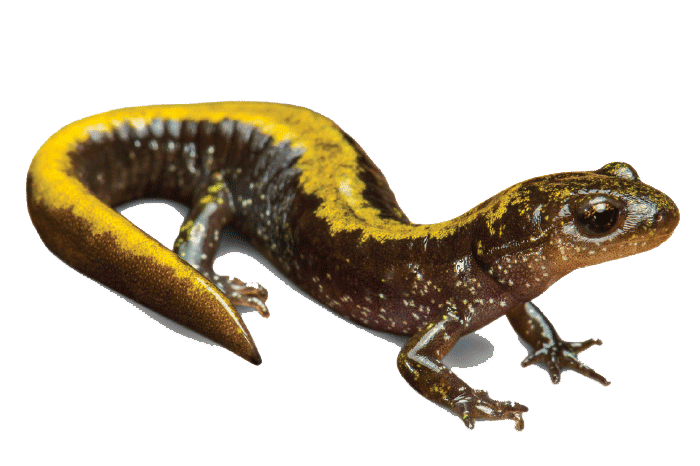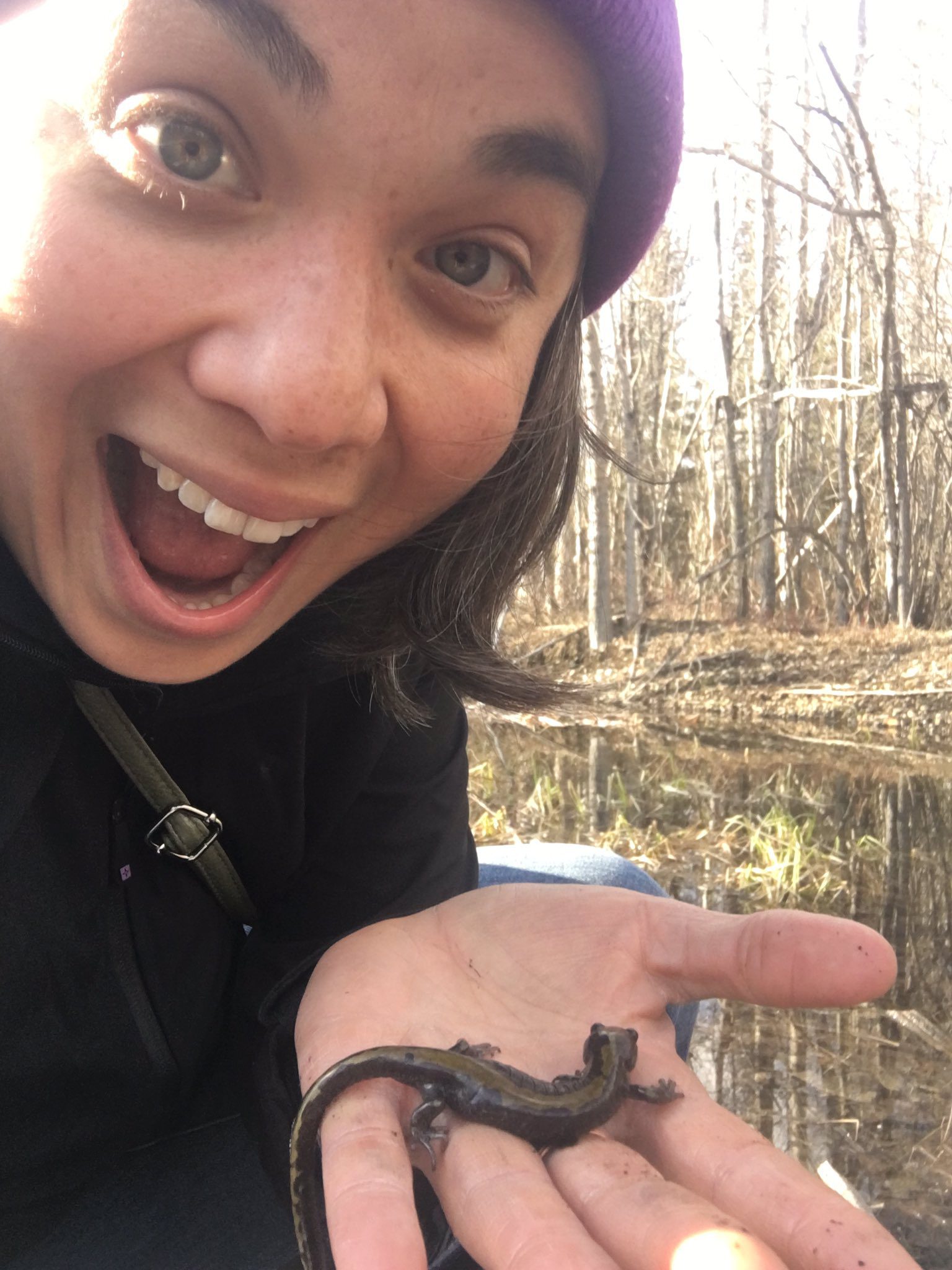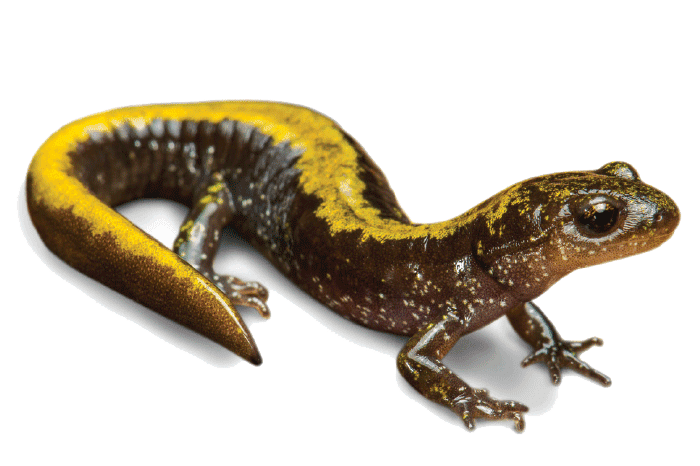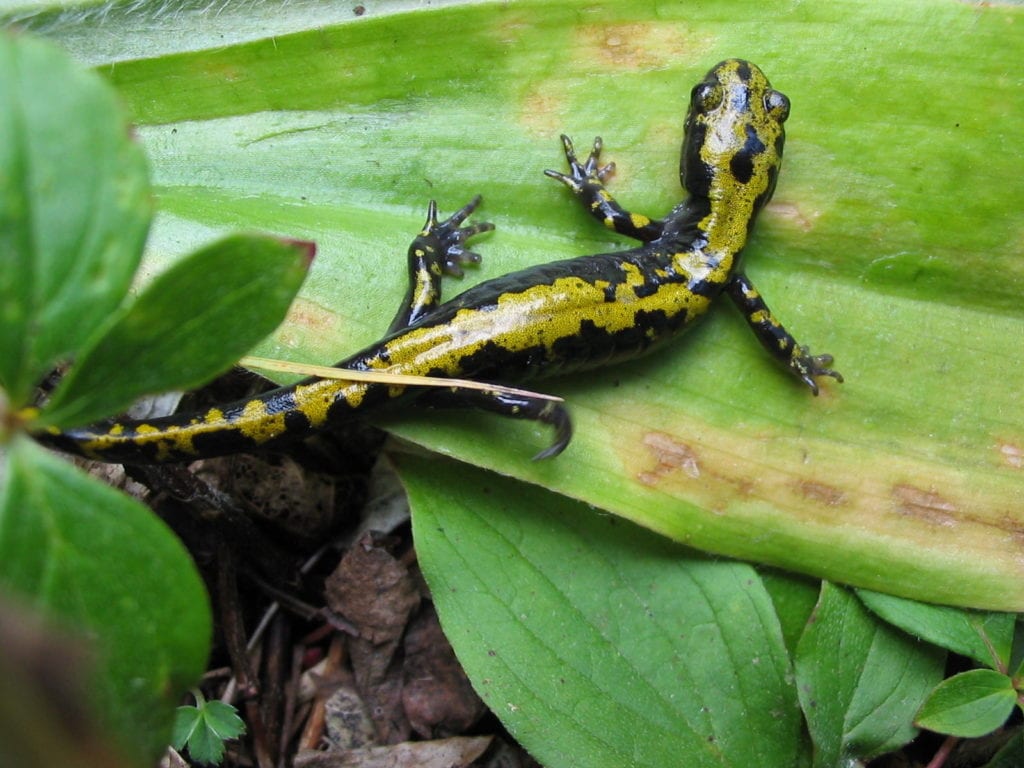The eastern long-toed salamander (Ambystoma macrodactylum krausei) occurs at the edge of its range in Alberta, Canada, where remaining populations face a number of threats. In this project, population genomics data will be collected to inform reintroductions where local extinctions have occurred due to fish stocking. Another opportunity is to study the effectiveness of under-road tunnels that have been installed to reduce salamander road mortality.

Amphibians are considered the most threatened vertebrate group, and the eastern long-toed salamander (Ambystoma macrodactylum krausei) is no exception. A. m. krausei occurs at the edge of its range in Alberta, Canada, where remaining populations face a number of threats. In this project we will collect genomic data to aid conservation efforts for a species that is of conservation concern, but for which there is still time to turn the tide.
We will collect population genomic data to inform 3 conservation applications:
- To identify source populations for reintroductions into sites where the species was extirpated due to historical fish stocking programs.
- To estimate population connectivity and assess under-road tunnels that have been installed in part of the province to reduce salamander road mortality. These estimates of population connectivity can help assess the effectiveness of these crossings and inform the optimal placement of additional crossings to mitigate the impact of roads on gene flow.
- To estimate effective population sizes, genetic diversity, and connectivity to speak more generally to the genetic health of different A. m. krausei populations. This genomic insight provides managers with the information needed to prioritize populations for future conservation initiatives.
These data will, thus, be channeled into conservation action in a timely fashion.

Principal Investigator: Julie Lee-Yaw, University of Ottawa
Keep up with Wild Genomes!
Join our mailing list for bi-annual updates from Revive & Restore, including new calls for Wild Genomes proposals.










